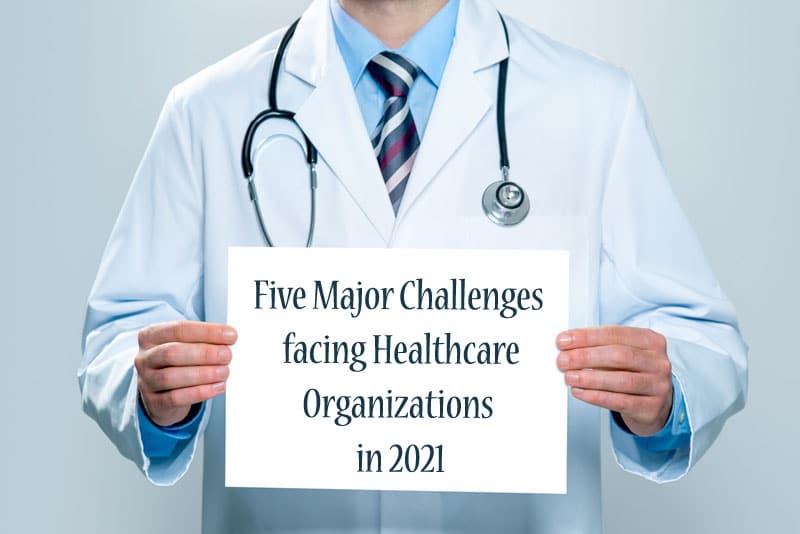 Mobile clinical documentation is predicted to be at the center of the healthcare industry and this leads one to think about the relevance of medical transcription and the role of medical transcription services in that not-so-distant future. While the dictation-transcription model has been and still is in popular use among healthcare practitioners, one cannot deny that with the advent of new and advanced technology, the healthcare industry is undergoing some serious changes including the implementation of EHR. However, the introduction of EHR has led physicians and nurses to spend more time on the accurate documentation of clinical records and spend less time with their patients. This has set healthcare providers thinking about various ways to address this issue.
Mobile clinical documentation is predicted to be at the center of the healthcare industry and this leads one to think about the relevance of medical transcription and the role of medical transcription services in that not-so-distant future. While the dictation-transcription model has been and still is in popular use among healthcare practitioners, one cannot deny that with the advent of new and advanced technology, the healthcare industry is undergoing some serious changes including the implementation of EHR. However, the introduction of EHR has led physicians and nurses to spend more time on the accurate documentation of clinical records and spend less time with their patients. This has set healthcare providers thinking about various ways to address this issue.
How to Lessen the Medical Documentation Workload
In many medical specialties, physicians face more documentation workload following Meaningful Use and regulatory pressures.
- Most of these doctors prefer either the good old transcription or the new speech recognition workflow though they are slightly wary about the latter, which is machine controlled.
- Anyway, the situation now is rather stressful with physicians and nurses having to spend a lot of valuable time on documentation entry that has become necessary for hospital regulations, regulatory programs and quality programs.
- EHRs have not been completely successful in relieving the documentation burden.
Experts in the field feel that one of the best methods to resolve this problem is the use of transcription and recording software. Recording and transcription software systems are available now that allow clinicians to dictate their clinical documentation and thereby spend more quality time with their patients.
Mobile Clinical Documentation Could Help
Documentation of patient interactions and patient medical history into an accurate medical record is a lengthy process for physicians. With everything going mobile, observers in the industry believe that the healthcare industry will also see a mobile revolution with physicians using mobile devices – their phones or other appliances that would allow them to speak freely while they are providing services to their patients. They would be looking for technology that will transcribe the spoken information accurately and insert the data in the right areas within the medical chart.
Software that combines real time speech, intuitive templates and transcription that is accessible from a secure mobile app would help speed up the documentation process and also improve the efficiency of clinicians. It should offer a variety of documentation options so that physicians can choose their preferred option, enjoy more control and flexibility and also focus more on providing quality patient care. Mobile clinical documentation technology that delivers structured documentation and high quality narrative to the EHR can be a great support to clinicians.
Healthcare IT Emerging As a Growing Market
Speaking of the electronic health record or EHR, today healthcare IT is emerging as a large and growing market. Healthcare IT consists of the Electronic Health Record, Revenue Cycle Management, Practice Management and Mobile Health sectors. Currently the total market size is estimated to be between $32 billion and $47 billion and is growing at 10 -14% annually.
According to the latest report from Technavio, the global medical transcription IT spending market is projected to grow at a CAGR of over 6% during 2016 – 2020. One of the primary market growth drivers is the need for a digital healthcare ecosystem, with hospitals and super specialty clinics increasingly using healthcare informatics technology such as EHR integrated with medical transcription solutions. This is with a view to reduce medical documentation timelines and help to invest more effort in diagnostic procedures. This integration requires additional IT investments, which is bound to attract start-up vendors and medical outsourcing solutions providers in the medical transcription market.
In 2015, America had a market share of 52% of global medical transcription IT spending market in terms of the overall IT investments. In America, healthcare settings have been mandated to implement ICD 10 in the workflow that has more diagnosis codes than ICD 9. As a result, physicians and medical transcriptionists will have to include more comprehensive patient information in the medical chart. The need for more organized and detailed patient records drives market growth in the United States.
US is a major market for medical transcription services and this is because of the sharper focus on improving healthcare and establishing consistent healthcare data models. Advanced technology such as speech recognition platforms and medical healthcare applications would help minimize errors and optimize the working process. Vendors in the U.S also focus on developing innovative platforms that enhance the privacy and safety of medical data. It is to be hoped that mobile clinical documentation would also improve with highly advanced technology in the future, helping clinicians effectively reduce their medical documentation burden.


